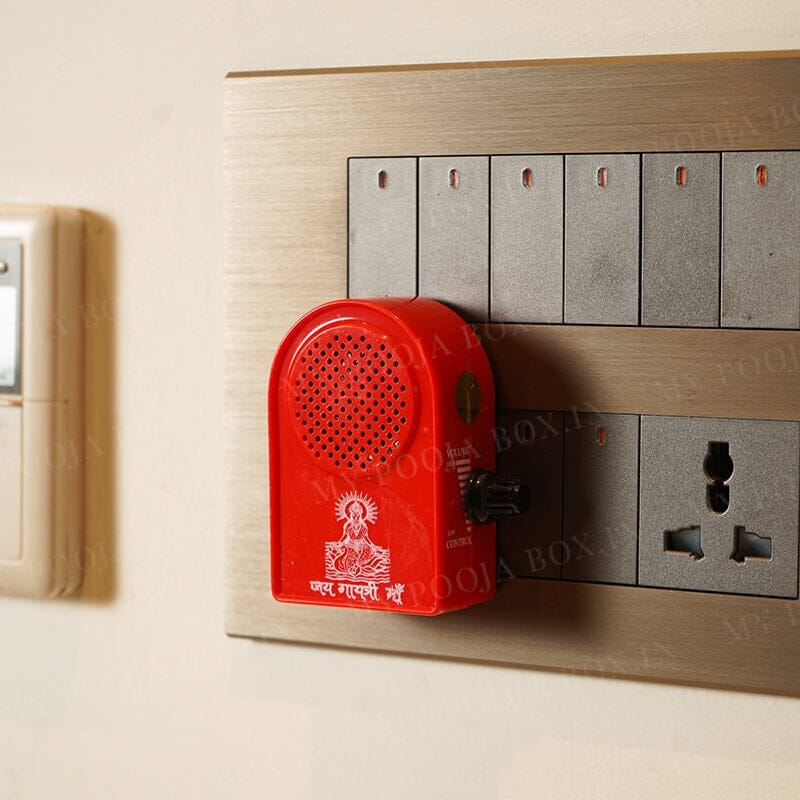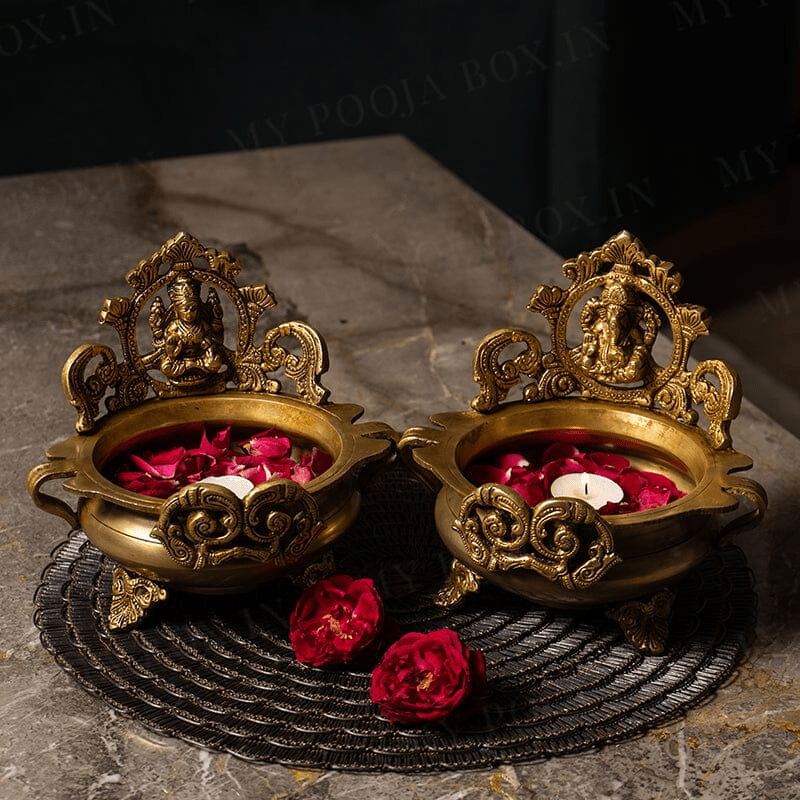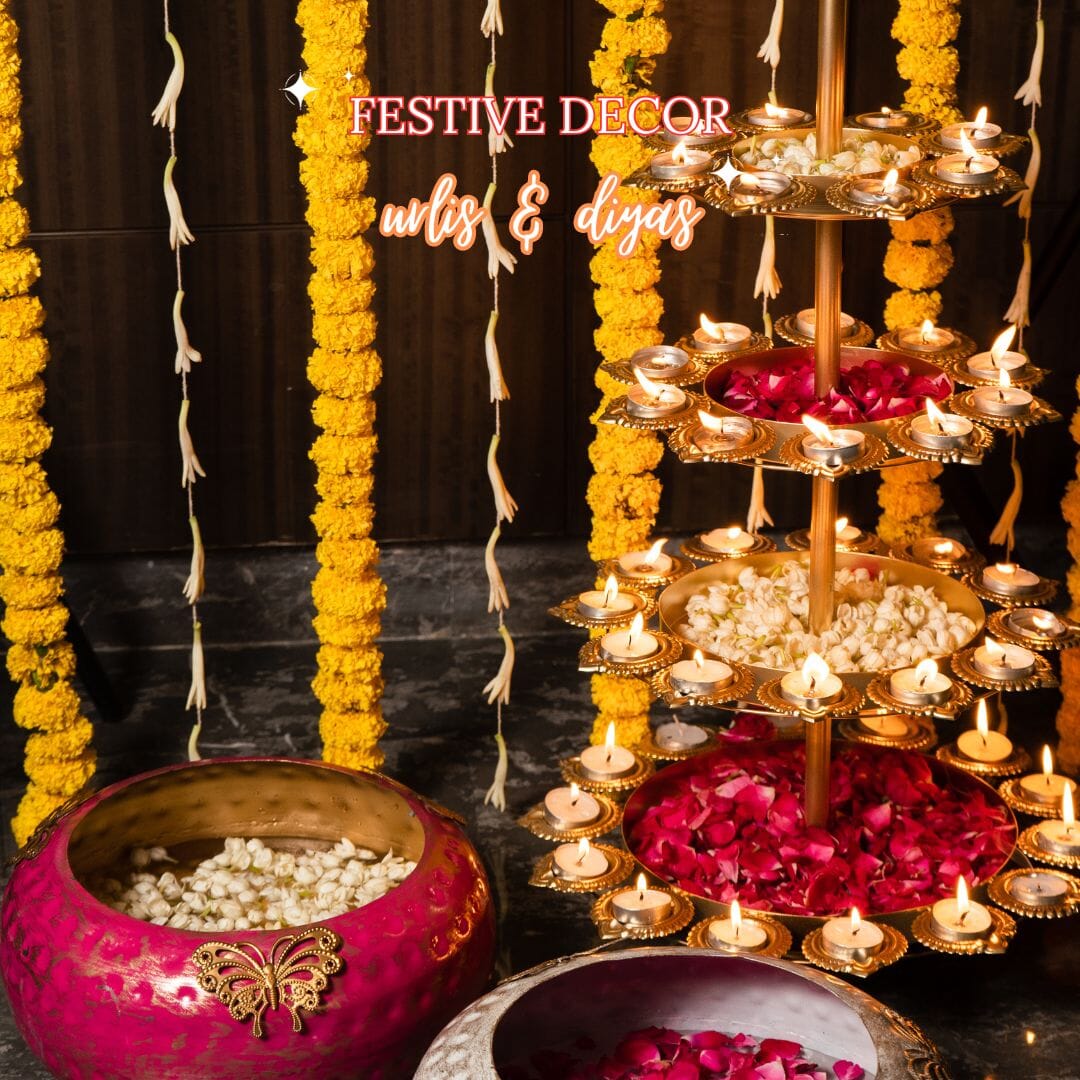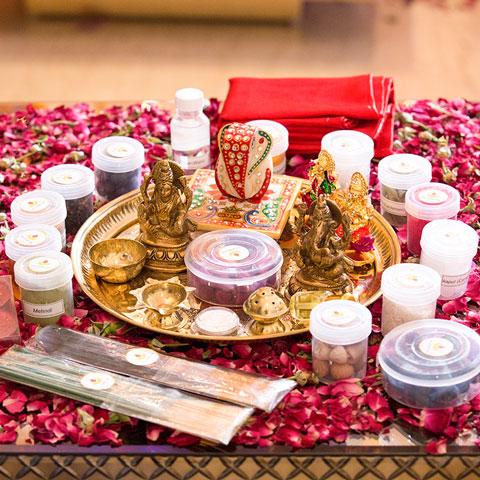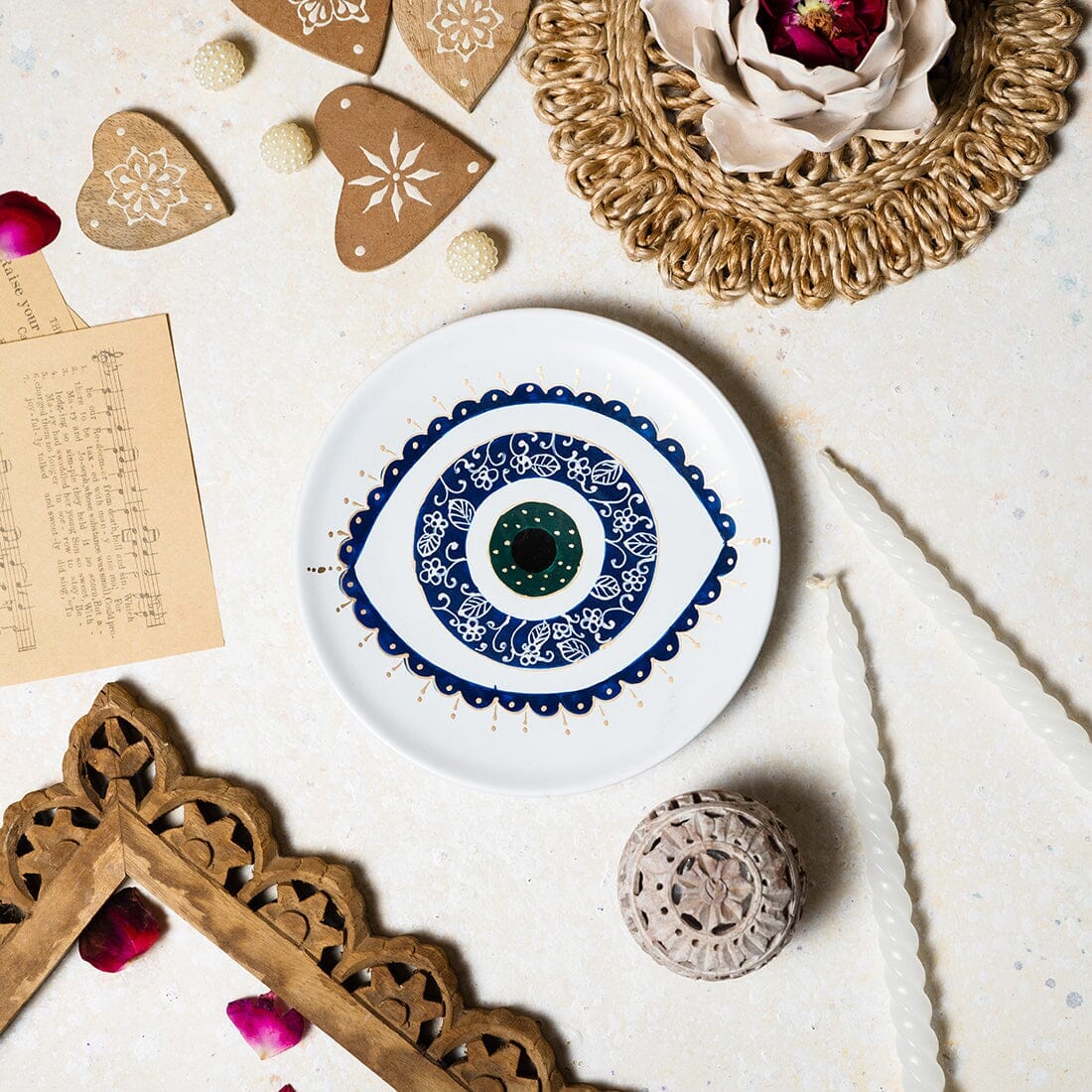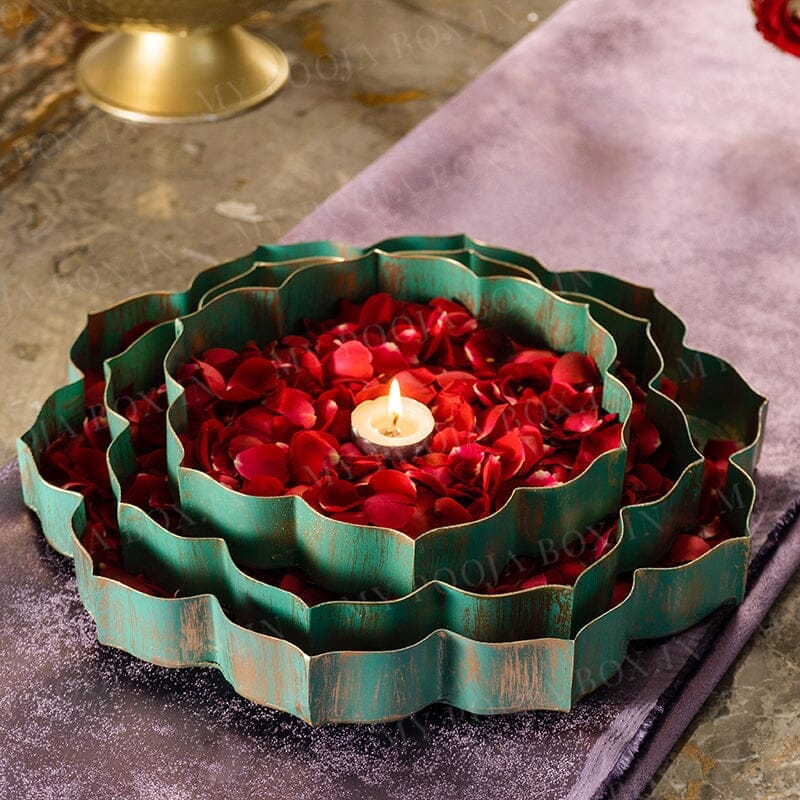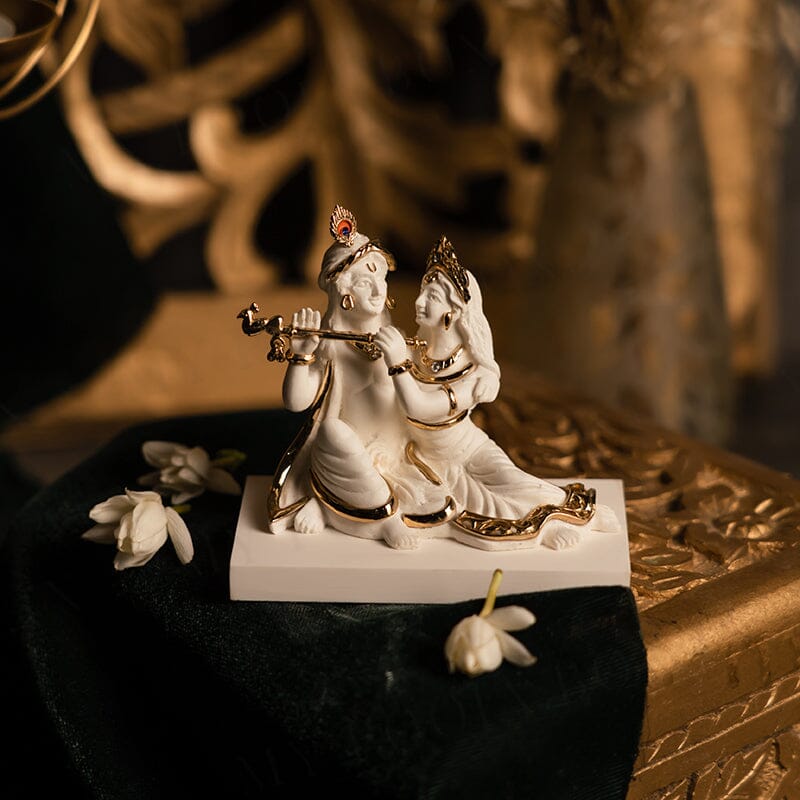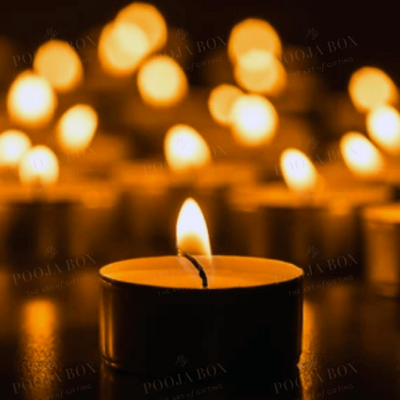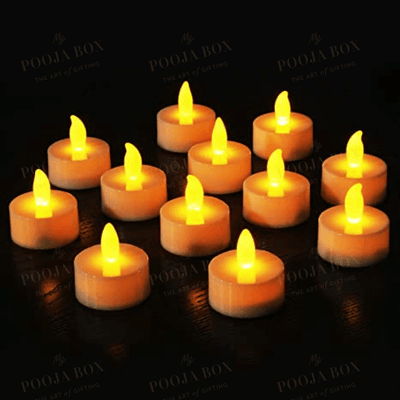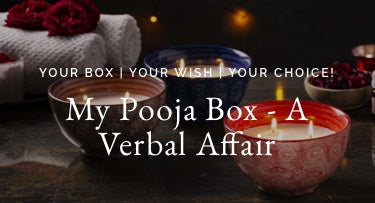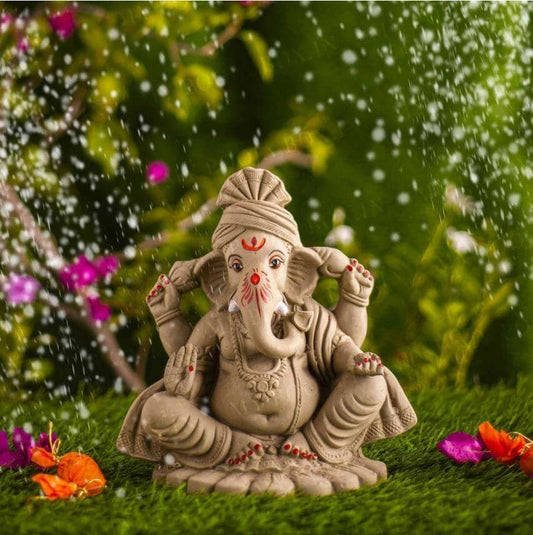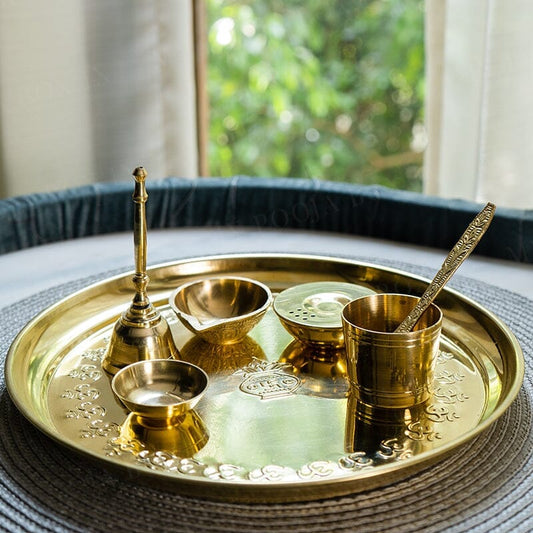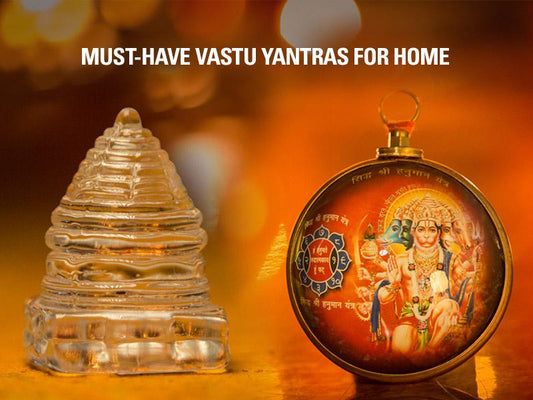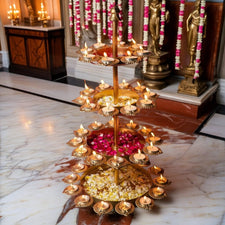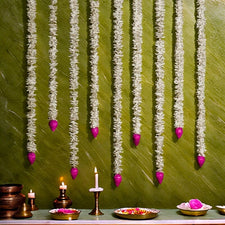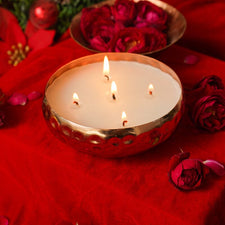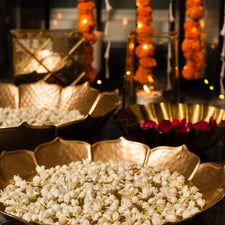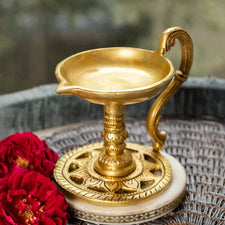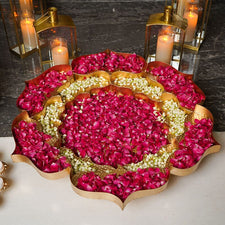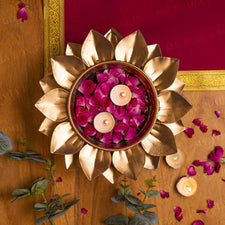Makar Sankranti, whenever we hear this, the memories of childhood pop out. The Sankramanam was a day for us to take bath early, savour til and gud laddu, and worship the God. Do you remember that? We hope you do.
Sankranti festival has given us some sweet childhood memories, isn’t it? But do you know why do we celebrate it and when?
Here in this blog, we have covered all the aspects. Let’s unearth each aspect one by one.
What actually is makar sankranti festival and why it’s celebrated?
Undoubtedly, it is one of the most important festivals of Hindus. It denotes the commencement of Sun’s northward journey. In simple language, we call it Uttarayan means the Sun enters Makar (the Capricorn sign).
As we know most of the Hindu festivals fall according to the position of the moon or lunar calendar. However, Makar Sankranti follows the solar calendar or the position of the sun. Hence, every year, it falls on the same date- 14 January.
In 2018, it is going to be celebrated on Sunday, 14th January.
It is also called solstice festival. People of India have been celebrating this festival since a long time back. As it is observed on the equinox, the length of the day and night are same. Makar Sakkrat also signifies the onset of spring season and arrival of Indian summer season.
Throughout India, it is celebrated as a harvest festival. However, different regions have it named differently. In South it is called Pongal, in North, it is called Khichdi, Lohri, Sakkrat, Uttarayan, Maghi and so on.
Sweets that lure the taste buds!
The special home-made sweets are what up the flavours of Makar Sankranti! The sesame and jaggery sweets especially the laddoos and chikkis tickle everyone’s taste buds. Family and friends gather together to savour it. These sweet treats not only mix well with traditions but offer several health benefits.
Besides sweet treats, khichdi is the one dish that is cooked and served on this day widely. Usually, the people of Bihar and Jharkhand savour it with other delicacies.
Basking in the Sun with Kite Flying

Tracing back the history of Makar Sankranti will unfold the tradition of kite flying besides puja. There are both religious and scientific benefits of this particular practice. The tradition takes place in the early hours of morning. Flying the kite in the open exposes our body to sunshine which is neither too harsh nor too bright. This flushes out the bacteria on our skin and removes winter blues and infections. Isn’t it cool?
What does Makar Sankranti mean for Uttar Pradesh and Kerala?
In Uttar Pradesh, Makar Sankranti usually means the commencement of Kumbh Mela. In Kerala, South India, the festival denotes the end of Shabrimala pilgrimage. People all over India take a holy dip in a nearby river.
The tradition of gift giving
Every Indian festival follows the practice of gift giving. After Makar Sankranti Puja, people give gifts as the part and parcel of their love and affection. From idols to puja items, thali, clothes, show-pieces, candles, there are many gifts to choose from.

